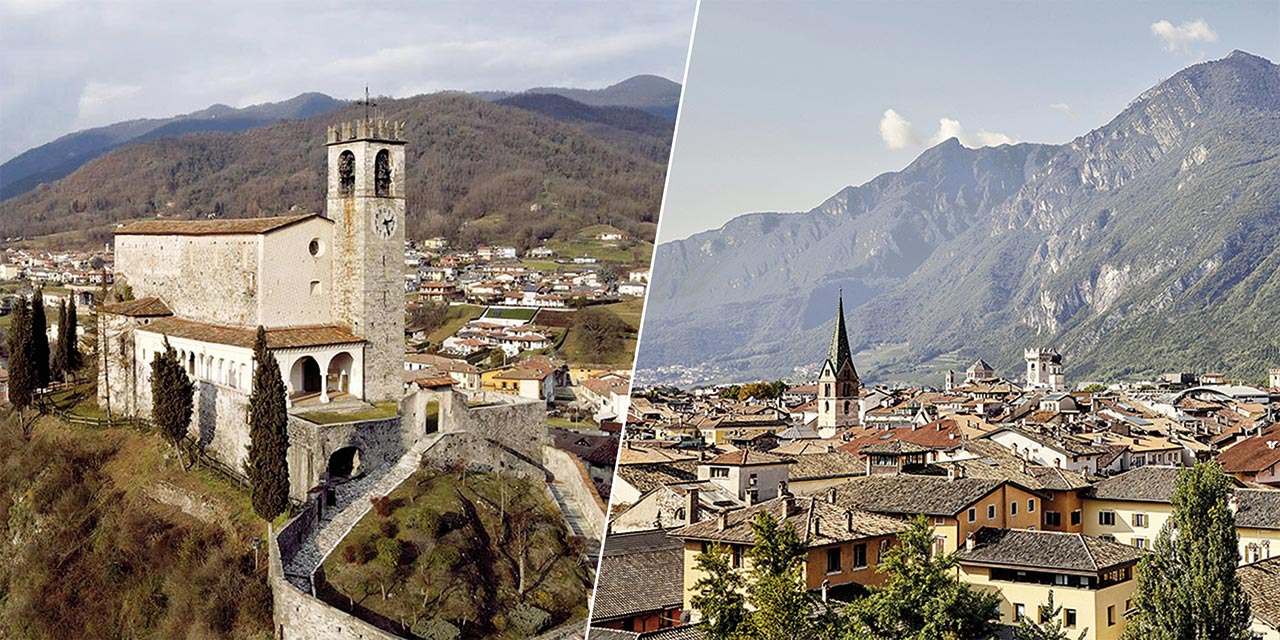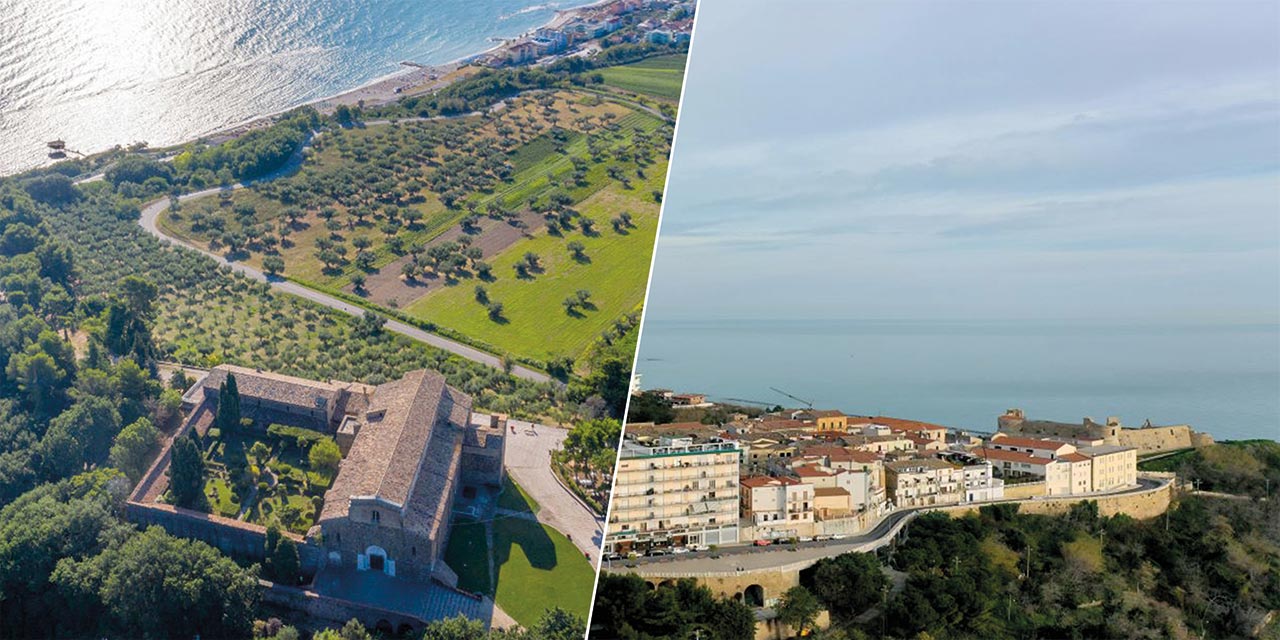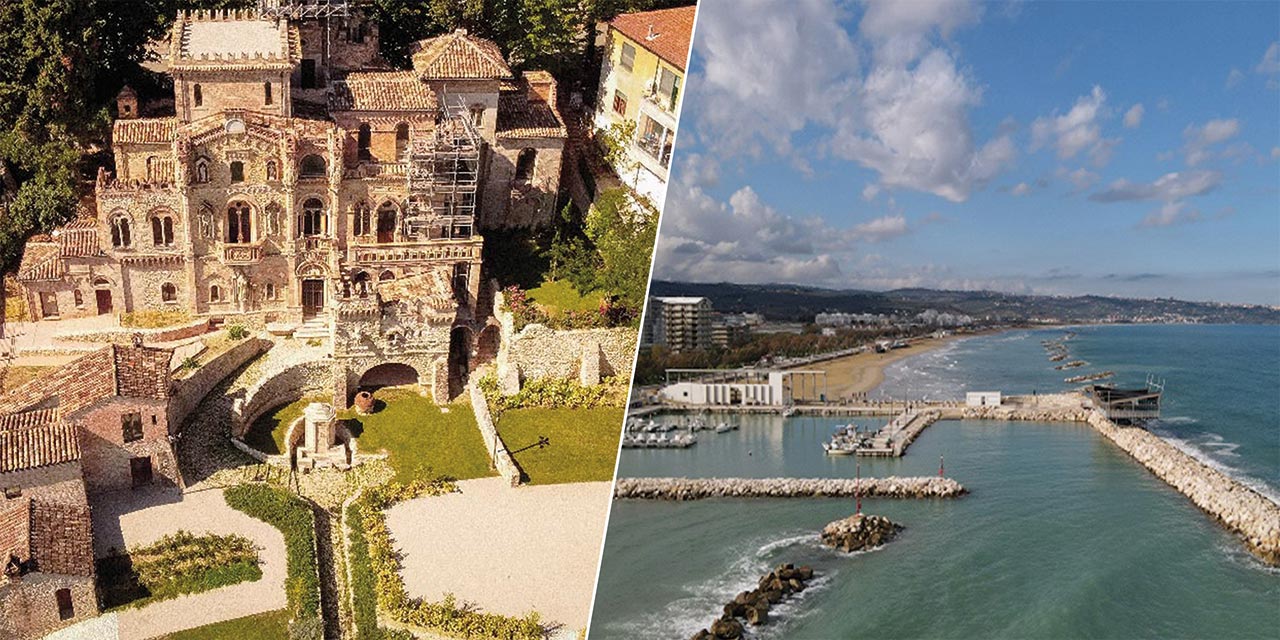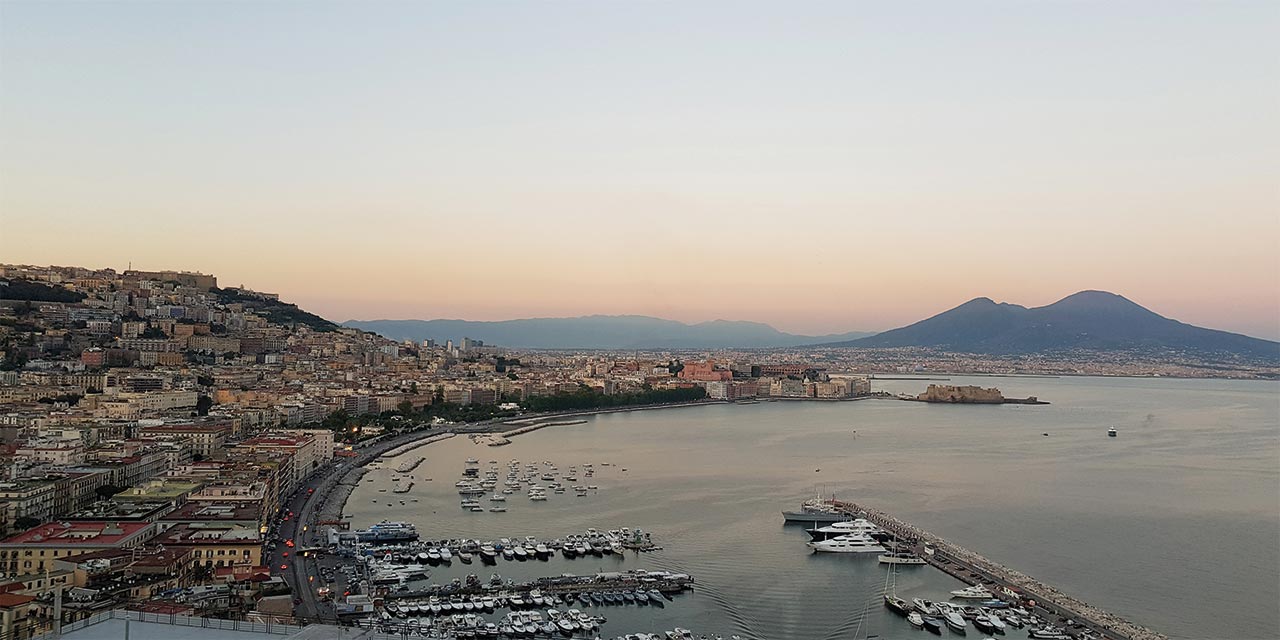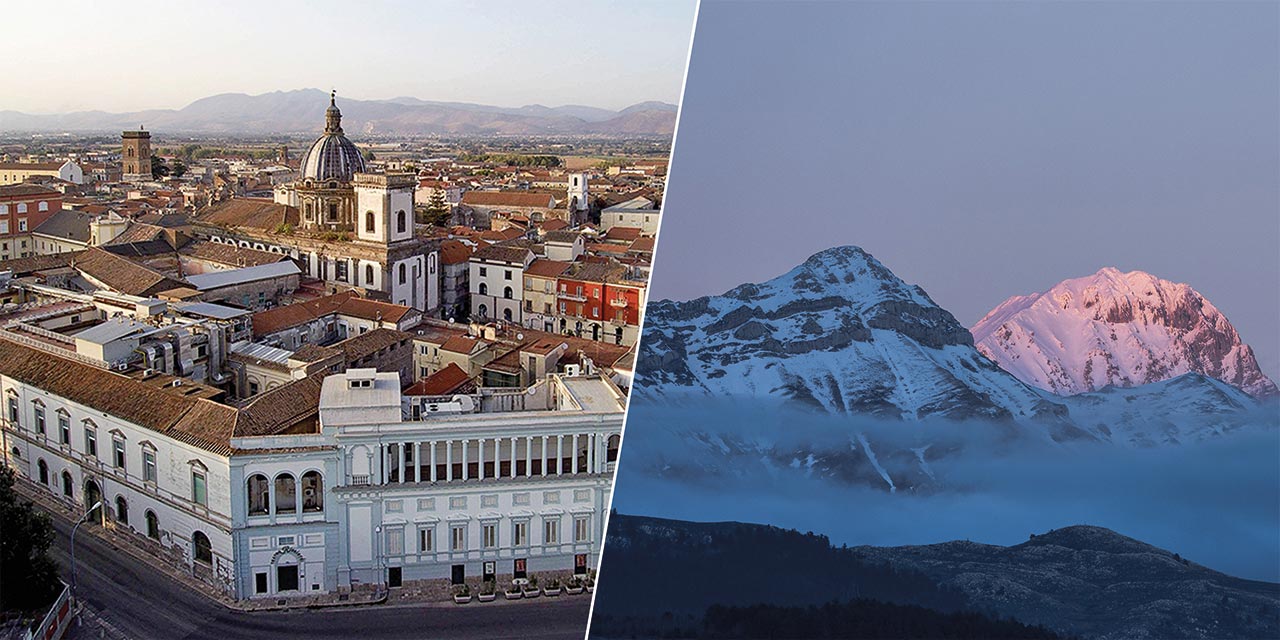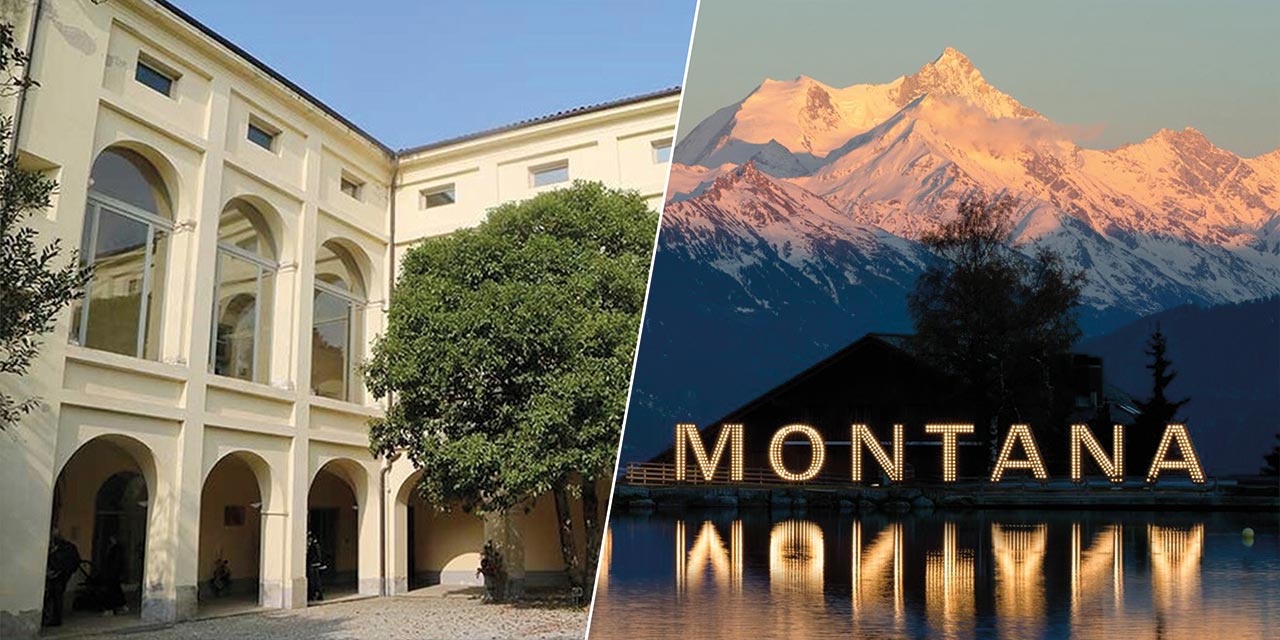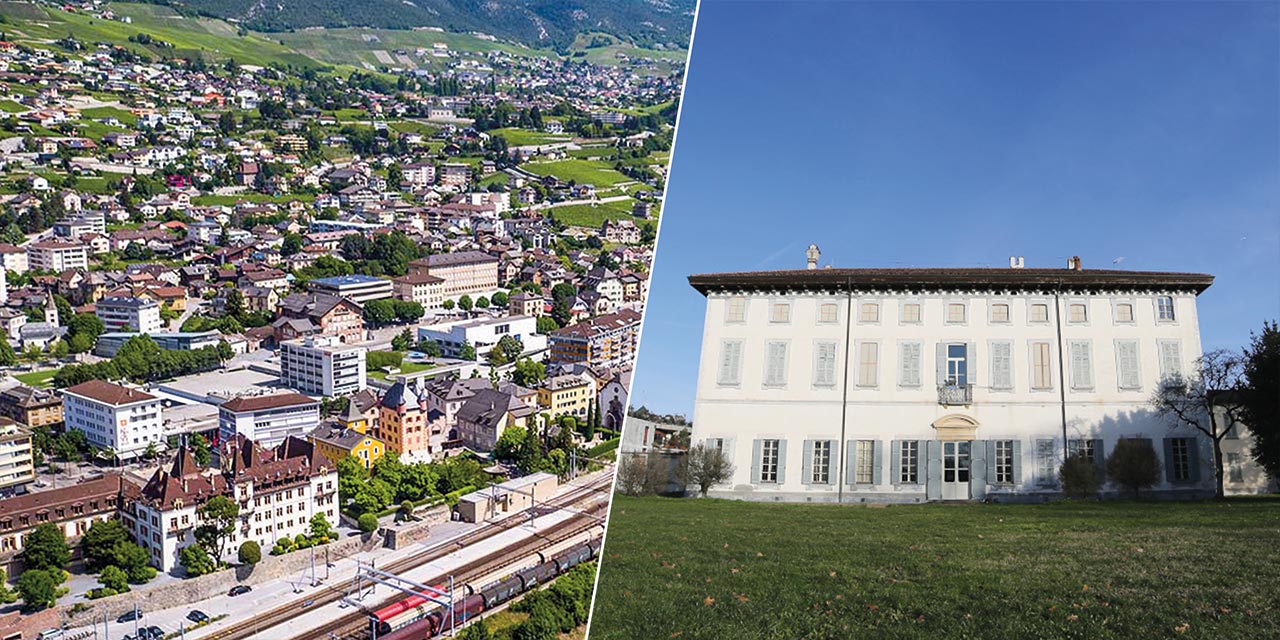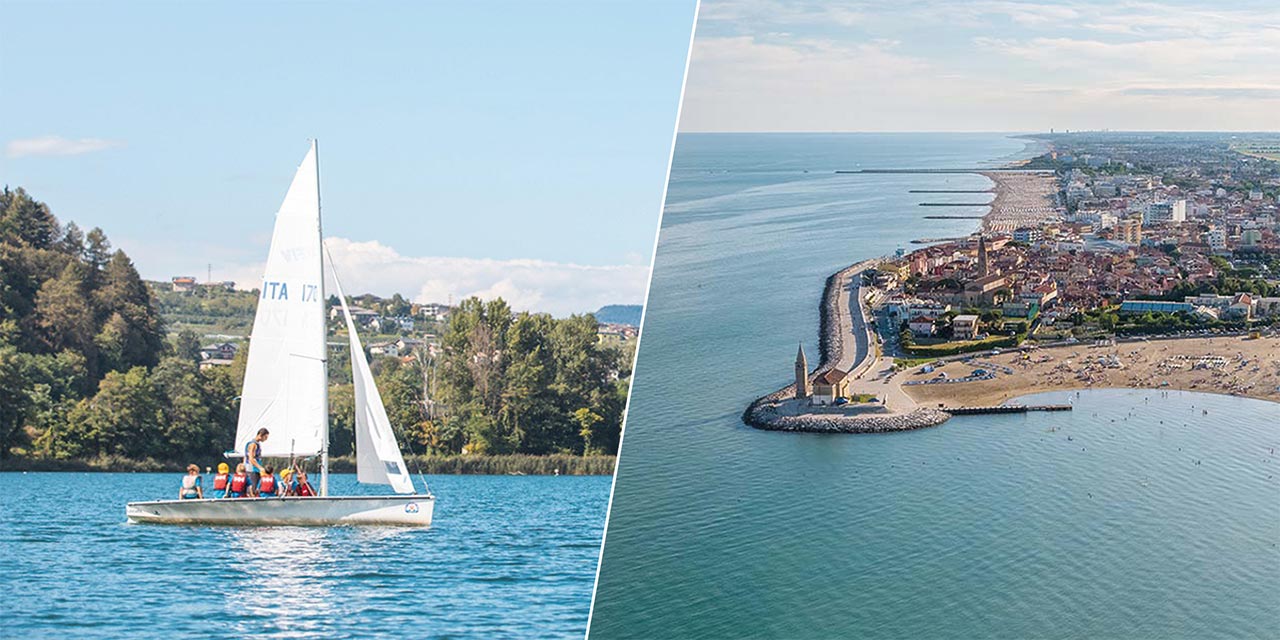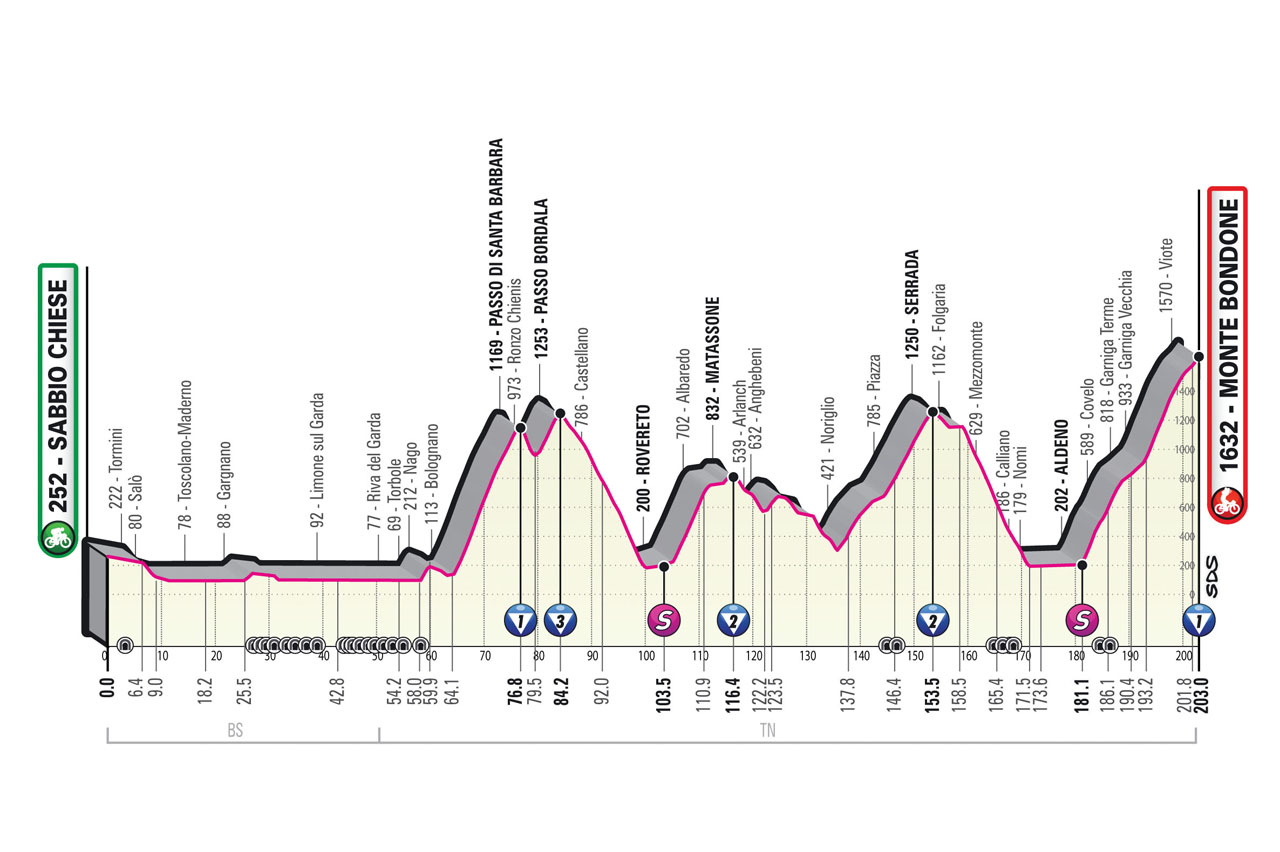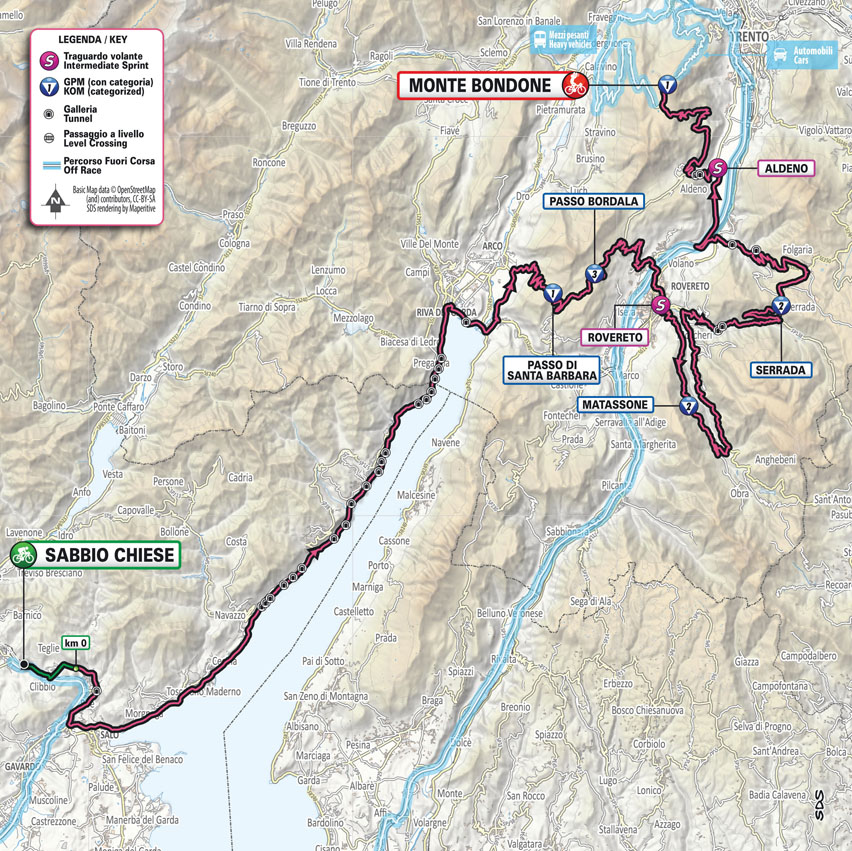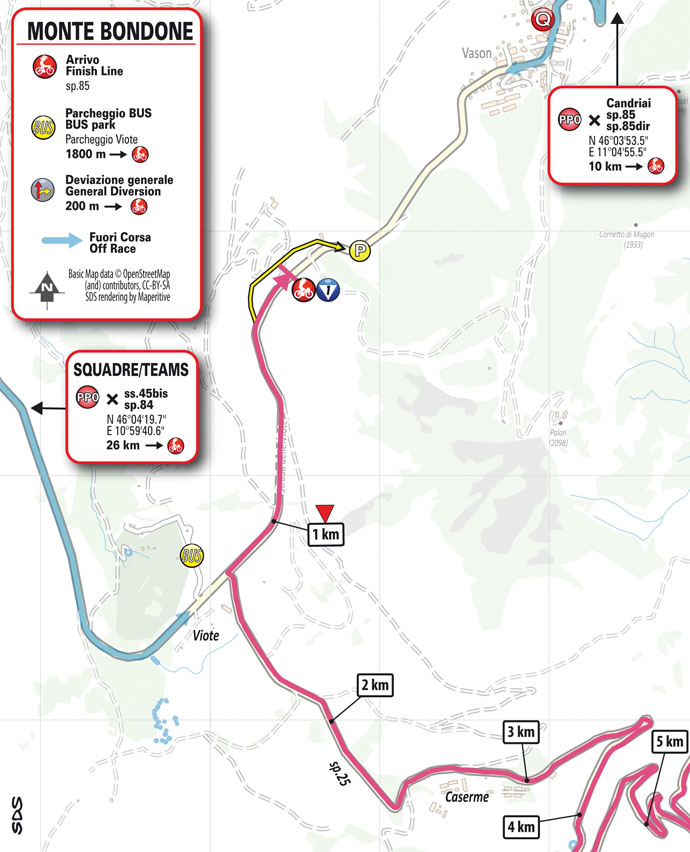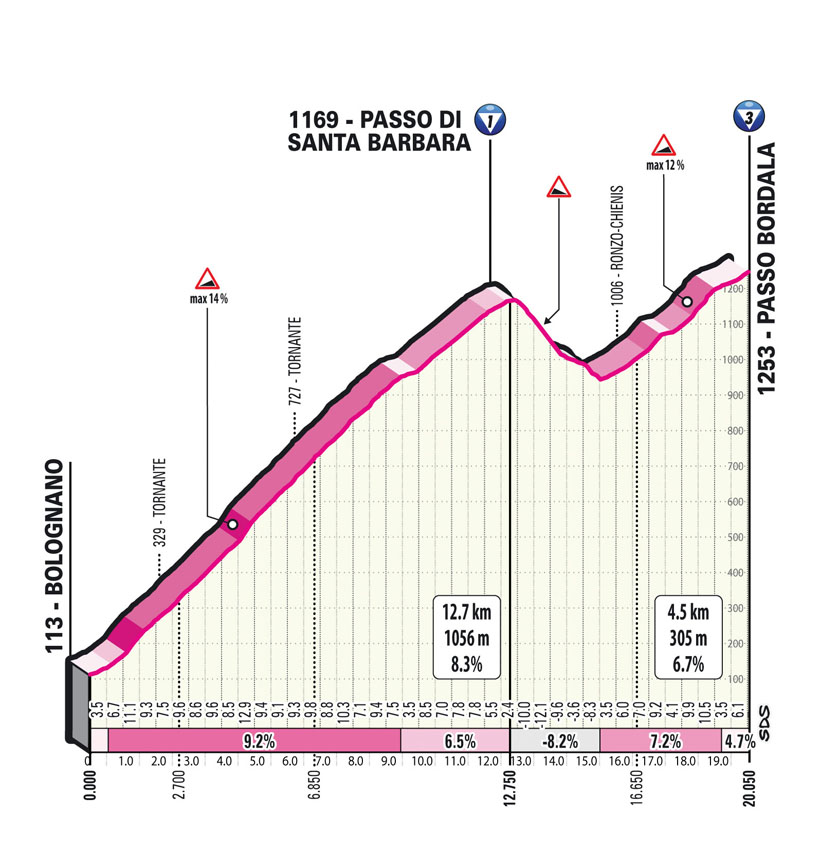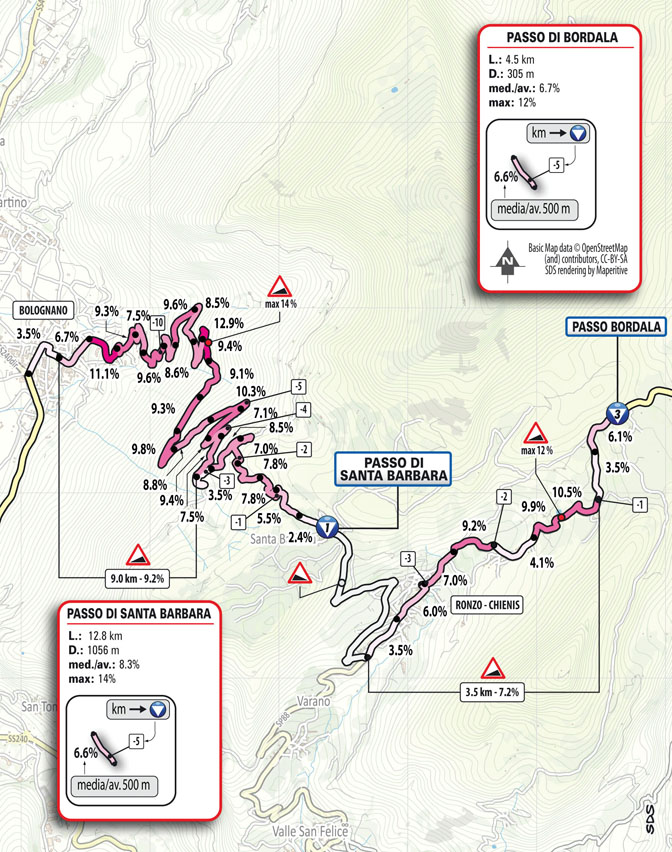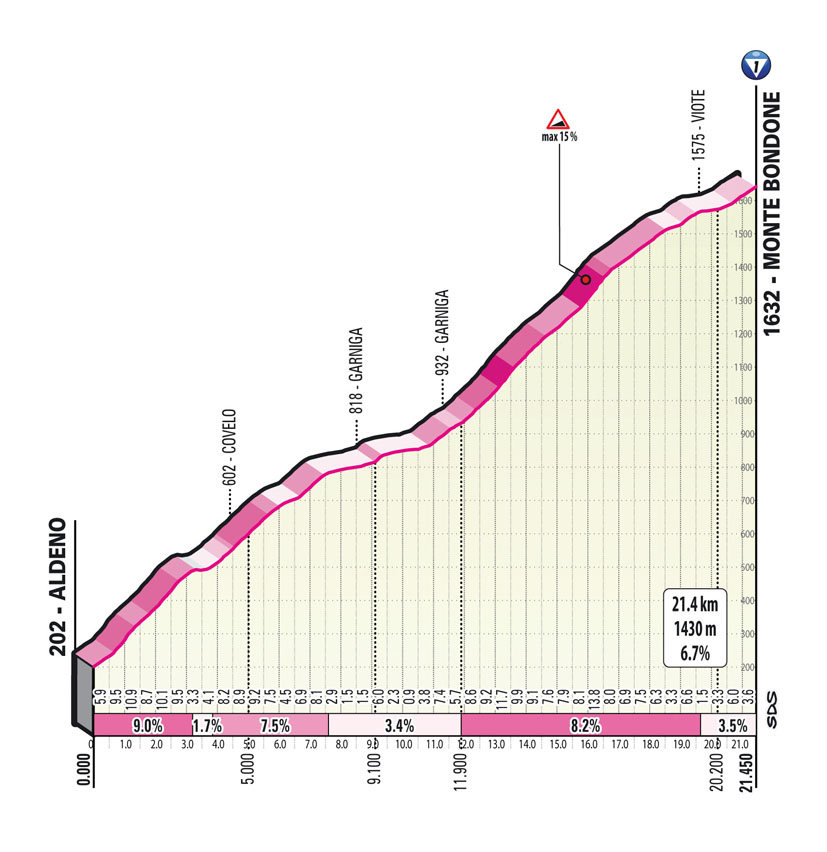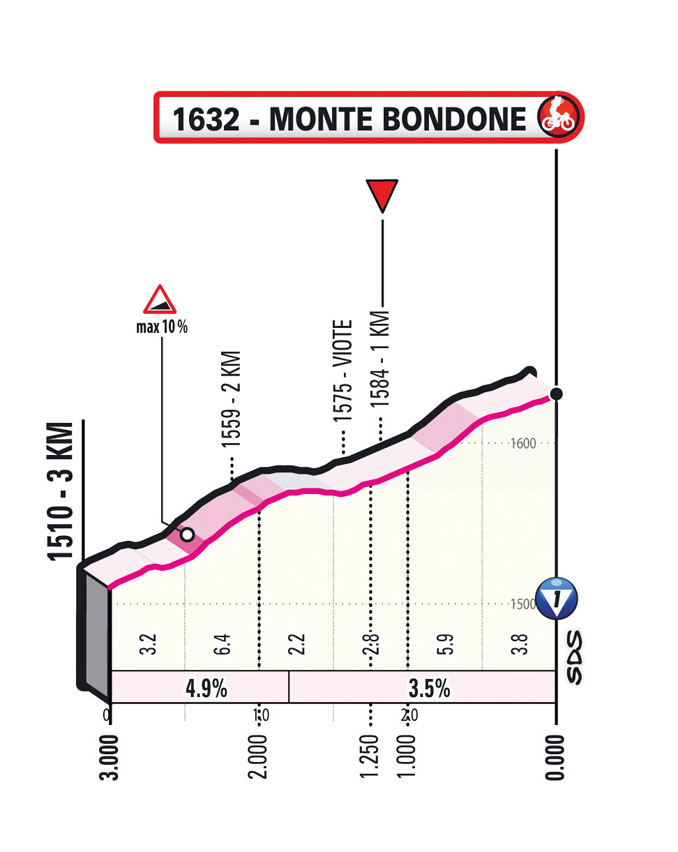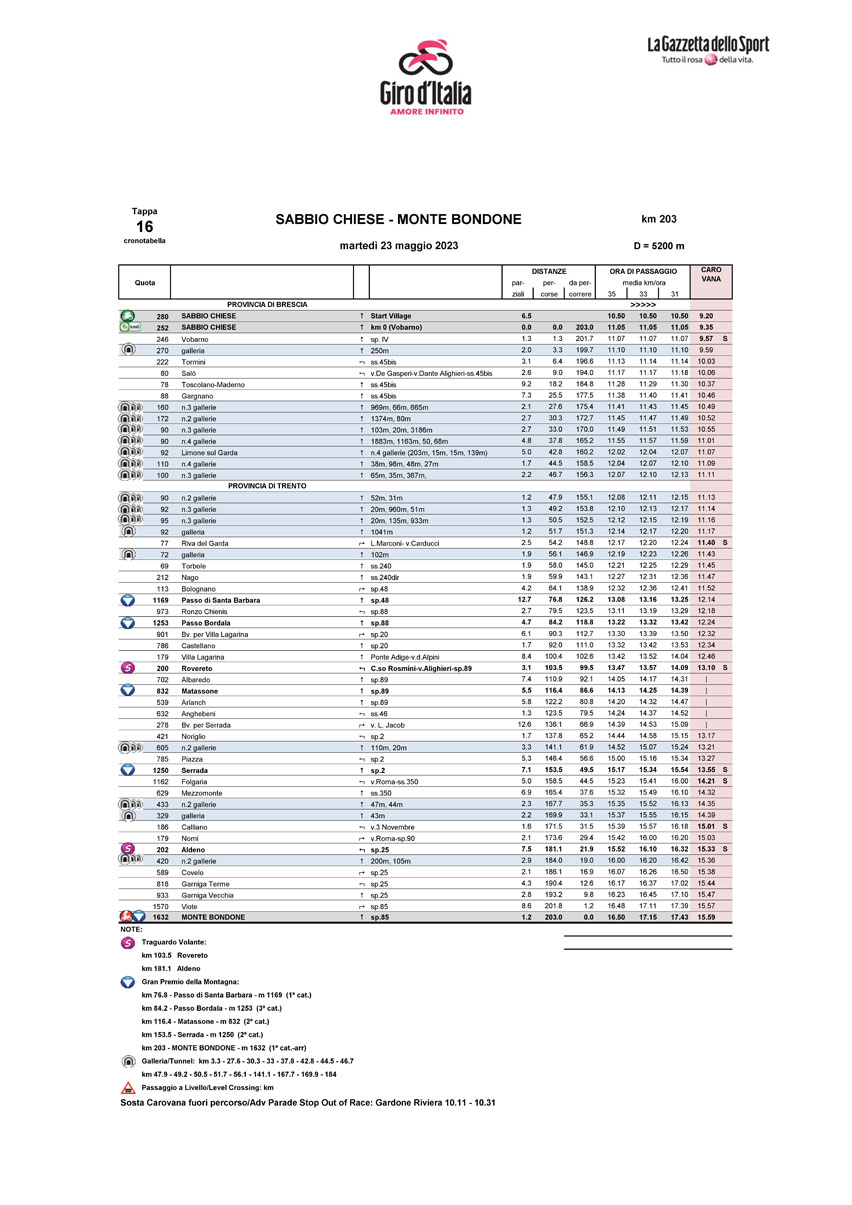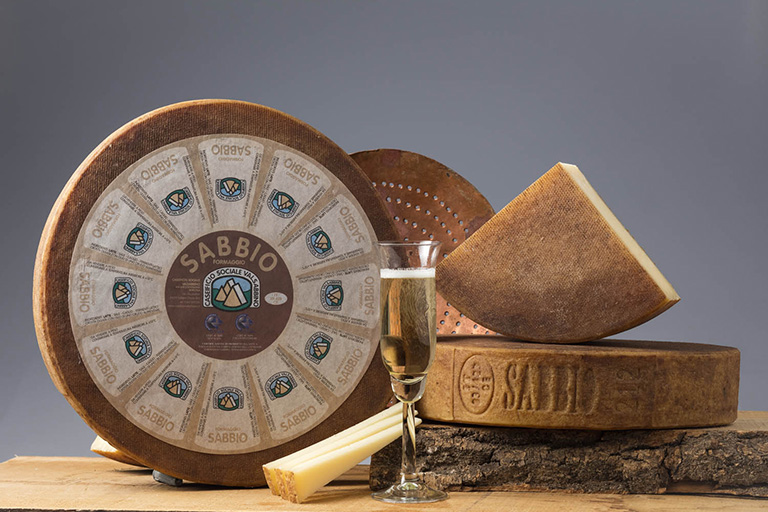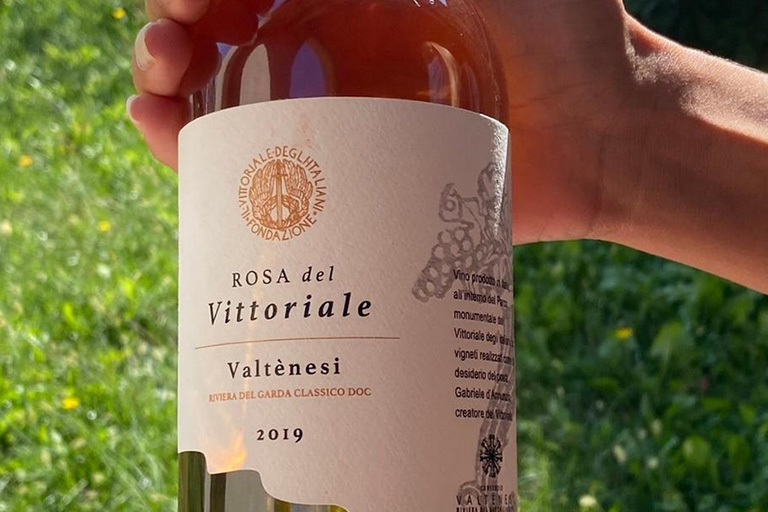profile
map
technical info
The first part of the stage runs along the shore of Lake Garda, with over 30 well‑lit and well‑paved tunnels of different lengths. Past Riva del Garda, the route takes in a brace of climbs accumulating over 5,000 m in vertical elevation. Riders will take on the Passo di Santa Barbara (12 km, avg. gradient over 8%) and the Passo di Bordala (4.5 km around 7%), entering the Adige Valley and, past Rovereto, the Vallarsa. After the consecutive ascents of Matassone (approx. 13 km at 5%) and Serrada (17 km at 5.5%), the route passes through Folgaria, heading back to the Adige. Last comes the climb to Monte Bondone from the Aldeno side (20 km, avg. gradient 6.8%, topping out at 15%). The roads are well paved and moderately wide.
Final kilometres
The final kilometres are slightly uphill (avg. gradient around 4%). The roadways is in excellent condition, and it opens up past Viote (around ‑2 km). The home straight (approx. 300 m) is on 7well m wide tarmac.
start / finish
climb detail
final kilometres
itinerary timetable
tourist info
Host city:
Sabbio Chiese
Overview
Sabbio Chiese is a town situated in the middle part of Valle Sabbia in a pleasant and fascinating position.
Its territory is about 1900 hectares wide and it is at about 277 metres above sea level.
It is crossed by the Chiese river and by the Vrenda, Trinolo and Preane streams and it consists of the administrative centre and of little hamlets called Sabbio Sopra, Pavone and Clibbio.
The heart of Sabbio Chiese is near its river; in the point where the River Chiese receives water from the Vrenda stream forming a valley. When the glares of the water meet those of the green of nature, they create a beautiful landscape that many painters love painting.
The town is very ancient and it probably gave its name to Valle Sabbia. We can still find Roman signs and it was the religious focal point for Lombards and the Franks, as the Parish Church consecrated to Saint Michael Archangel can prove.
Sabbio Chiese is dominated by its magnificent Rocca, a fortress that you can admire from different points of the valley.
Food
Among uncontaminated green landscapes and agricultural production still linked to ancient family traditions, Sabbio Chiese and the entire Valle Sabbia, welcome its guests with a precious range of agri-food products deeply linked to the territory: great cow’s and goat’s milk cheese, genuine sausages, honey and jam, mushrooms, mountain herbs, alpine water from Mount Maniva and thermal water from the spring Castello delle Terme di Vallio, truffles and unique fish products that surprise the taste of the visitor.
There is no shortage of wild berries, honey, sour cherries, chestnuts and “Marroni” chestnuts.
Valle Sabbia is famous for the production of renowned fresh and seasoned cow’s milk cheese and delicacies deriving from the processing of goat’s milk, in particular cheese and yoghurt that you can’t miss.
In 1880 various social milk factories began to spring up in Sabbio Chiese and throughout the Valle Sabbia to spread the excellent products: Bagòss, Sabbio and Conca, Nostrano Valsabbia and Formaggella Valsabbina.
Among the edible plants that grow at high altitude we find wild radish and wild asparagus, that you can also enjoy preserved in oil.
Widespread in the mountain streams and queen of the local fishing, the trout is really loved in Valle Sabbia as well as the perch cooked with mastery especially nearby Idro Lake.
Other delicacies that can be considered unique in their kind and which are found in the Valsabbina tradition skilfully re-proposed starting from the most ancient recipes, are bread and wild herbs gnocchi, the casoncelli with melted butter or the traditional “polenta taragna”. One of the most renowned dish in this area is “the spiedo”, meat on
the spit that over time has become a symbol of a great, imposing, convivial dish for special occasions.
Tradition, in fact, provided for the almost complete use of farmyard animals meat: chicken, rabbit, pig, guinea fowl and then, of course, small birds and potatoes that grew abundantly on these cool hills.
In the past also vineyard were widespread out in Valle Sabbia, while nowadays wine comes from the nearby Garda Lake.
In recent years numerous initiatives have been undertaken for the relaunch of local culinary excellence, thanks to projects that have brought enthusiasm and good results, thanks to the gastronomic workshop that have followed and thanks to the collaboration between chefs, restaurateurs, local producers and ordinary citizens.
Points of interest
Thanks to its lovely geographical position, for its many natural beauties, for the particular urban conformation with ancient houses on the river, for the quality of the works of art you can find in the churches, the town deserves a visit which certainly doesn’t disappoint.
The route must start from the Rocca. It is located on a cliff in the centre of the town. It was an important castle surrounded by walls until the mid-1400s and here a good part of the history of the valley had its origins. It was transformed into a Marian sanctuary in the first half of the 1500s and it has two overlapping churches; a rare architectural form. On the walls you can admire a lot of frescoes dedicated to the Virgin and dated from 1505 to 1550. The view you can enjoy after walking up a long staircase, that has remained intact for centuries, is breathtaking.
The churches of Sabbio are a revelation for the paintings they contain and they are all dated from the mid-1400s to the early 1600s, when the town, thanks to the relationship of its printers with important cities, experienced its Renaissance in a fruitful way of art and of economic enterprise.
It was a populous and active village, full of ingenuity and a notable economic boost especially in the first two centuries of the dominion of the Serenissima Republic of Venice.
There is no doubt that the residence in Venice, in Verona, in Ferrara, in Rome of the “from Sabbio” printers has not only produced precious books but also has brought to the country ideas, comparisons, important human relationships that have fostered the love for the beauty of art.
The Parish Church of Saint Michael Archangel displays a polyptych painted in the first half of the 1500s depicting Virgin Mary and Child and the Patron Saints of the various churches in the town. It is a work of great quality that recalls Lombard and Venetian art.
Then there are two beautiful altarpieces. One depicting the “Entombment of Christ from the Cross”, iconographically refers to a famous drawing by Raphael painted in 1507.
Then, if you visit the Church of San Martino in Sabbio Sopra, your amazement increases at the sight of the frescoed polyptych on masonry, always with the Virgin and the Saints venerated in the religious history of the town. It is extraordinary, with still gothic motifs, executed in the first half of the 1400s. It is one of the three masonry polyptychs in the Province of Brescia. Other altarpieces, dated from the early 1500s to the first decade of the 1600s, accompanied by frescoes make this church a real “art gallery”.
Sabbio Chiese is considered as “a small birthplace” of a lot of families of printers, such as the Nicolini family, known as “from Sabbio” who spread out their fascinating art and the name of their village throughout a lot of Italian cities and Europe in the sixteenth and seventeenth centuries. Their activity was so significant that on the road signs, under the name of Sabbio Chiese, you can read the lettering “the town of printers, XVI-XVII centuries” and a great cultural enterprise has been undertaking: the construction of the Museum of Printers “from Sabbio”.
It is still a country in expansion, one of the beating centre of Valle Sabbia.
Monte Bondone
Overview
Roman treasures and Renaissance splendour living side by side in squares, streets and buildings, making every corner a unique wonder. This is Trento, the Alpine capital “par excellence”, which has always been a privileged bridge between Italian culture and Central European tradition thanks to its geographical location. The underground archeological site of Roman Tridentum, the Buonconsiglio Castle and the MUSE, the Science Museum designed by Renzo Piano are only a few examples of the wonderful places you can visit.
Trento proudly hosts international festivals and events, such as Trento Film Festival, Festival dell’Economia and il Festival dello Sport. History and folklore have their highest expression in historical reenactments in costume such as Feste Vigiliane. Moreover, Trento’s Christmas atmosphere is unique. Crisp air and white snow, a festive enchantment as well as the craft products and flavours of its famous Christmas Market will enrich your special holidays.
The city offers also urban trekking itineraries, cycle paths and the 16,3 km long legendary climb Charly Gaul, which leads from Trento to Monte Bondone at 1651 meters of altitude.
A few kilometers far from Trento and easily accessible from the city, Monte Bondone is a stunning natural setting that offers everything a nature and sport lover could desire: beautiful walks, hiking trails, mountainbike trails, cycling routes, paragliding, activities for kids and families, outdoor games and the possibility to rent bikes and e-bikes.
Food
Trentino’s cuisine is a melting pot of ingredients and methods, since it is at the junction between two climates and several culinary traditions. A rich local food & wine tradition which pays particular attention to quality and ensures both the purity and authenticity of the raw ingredients.
Autenthic products like trout and char from mountain streams, Extra Vergin Olive Oil from Garda Trentino, organic vegetables, berries, Trentino’s cheese, milk product excellences and cured meat.
Wines and beverage
In Trentino, climate, soil and terrain have combined to create one of the great wine-growing regions of Europe. The local wine excellence like Trentodoc Spumante, a metodo classico sparkling wine, and Vino Nosiola, wine variety of Valle dei Laghi, with its derived products can be sipped in the many wineries of the territory. In Trento you can also discover all the food & wine specialties of the region at Palazzo Roccabruna, the Enoteca Provinciale of Trentino.
Points of interest
The city of Trento has a lot to offer from a cultural and artistic point of view. You can’t miss the underground archeological site of Roman Tridentum, the frescoed façades of the noble sixteenth-century palazzi in the town centre, the Castello del Buonconsiglio, the Science Museum MUSE, San Vigilio Cathedral, the Diocesano Tridentino Museum, the Museo dell’Aeronautica Gianni Caproni, the Piedicastello Galleries and the Galleria Civica of Trento – Mart.
20 minutes far from the city you can also reach Monte Bondone, which offers many possibilities for having fun and doing some sport in nature. At the Conca delle Viote it is also possible to observe the stars thanks to the astronomy observatory and to discover the alpine plant biodiversity at the Viote Alpine Botanic Garden.

